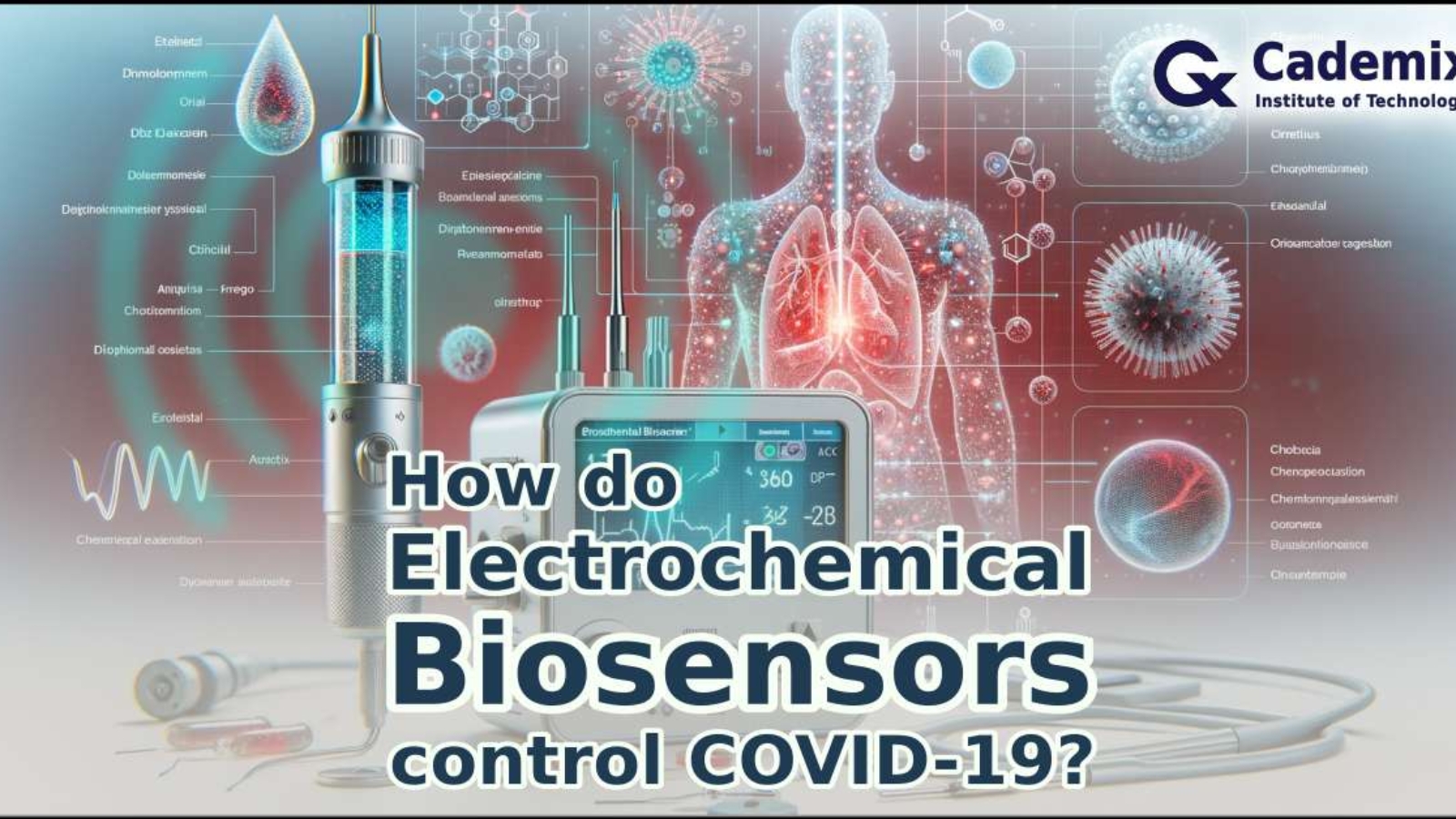Estimated Reading Time: 11 minutes During the COVID-19 pandemic, there is an urgent need for the development of rapid and efficient detection systems. This article emphasizes the significance of biosensors in the context of COVID-19 control. It focuses on electrochemical methods for detecting COVID-19 and highlights biosensors’ unique advantages and limitations compared to other detection methods. The article also discusses recent advancements in biosensor technology, their integration with digital health technologies, and potential future applications. It delves into the challenges associated with biosensors, including technical and operational obstacles, as well as risk management strategies. This comprehensive review aims to serve as a critical reference for researchers and healthcare professionals in effectively managing the pandemic.
Establishing an Eye Center: Business Models and Key Considerations for Business Owners and Investors
Estimated Reading Time: 5 minutes Starting an eye center can be a lucrative and fulfilling business venture. With the growing demand for eye care services due to aging populations and increased screen time, the need for professional eye care is more significant than ever. This article explores various business models for establishing an eye center and provides key considerations for business owners and investors.
Biofinity Contact Lenses: A Guide to Comfort and Performance
Estimated Reading Time: 7 minutes Biofinity contact lenses are a popular choice for those seeking comfort, clarity, and long-lasting wear. This guide covers everything you need to know about Biofinity lenses, including their features, benefits, types, and care instructions.
Monthly Contact Lenses: Balancing Convenience and Vision Health
Estimated Reading Time: 5 minutes Monthly contact lenses offer a blend of convenience and cost-effectiveness, making them a popular choice for many contact lens wearers. This article explores the advantages, considerations, and latest trends in monthly contact lenses from different perspectives, including user experiences, technological advancements, and eye care professional insights.
Video CV: 2023 Strategic Approach to Stand Out in the Competitive Job Market
Estimated Reading Time: 18 minutes Embrace the future of recruitment with video CVs, a dynamic way to present yourself to potential employers and universities. This guide explores the rising trend, comparing traditional and video CVs, and offers practical steps to craft a video CV that truly reflects your skills and personality.
Leveraging Technology in Modern Event Management
Estimated Reading Time: 25 minutes In the evolving landscape of modern event management, leveraging cutting-edge technology—from event management software to virtual platforms and social media integration—has become essential for creating seamless, engaging, and sustainable experiences. Technology in Modern Event Management is the main keyword to reach this article.
A Game Theory Model of Opportunism Behavior in Auctions
Estimated Reading Time: 19 minutes In this study, readers examined the use of the game theory model for opportunistic behavior in auctions. Additionally, the agreement between the project owner (employer) and the contractor and the mathematical range of this agreement were discussed.







